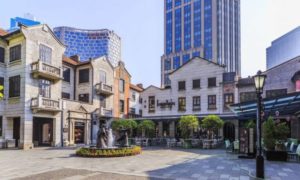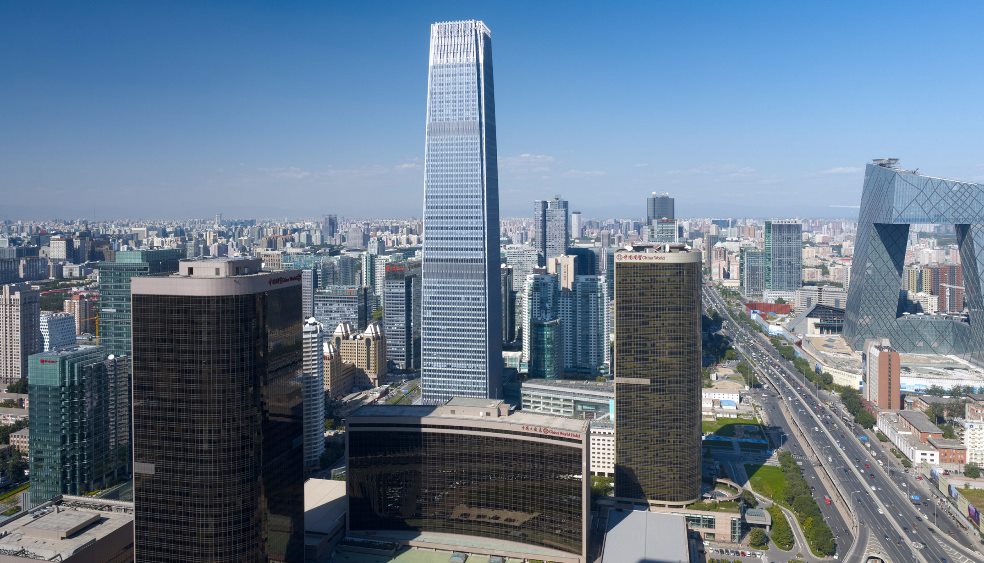Major cities in China are set to launch an increasing number of urban revitalization projects. Far more than in recent decades, local governments are preserving and repurposing old buildings to comply with the nation’s heritage conservation and “destocking” (inventory reduction) policies.
In late 2017, the volume of unsold Chinese homes hit a four-year low; a sign that these destocking policies are helping to avert the predicted real estate bubble. One of the destocking policies prevents new owners from re-selling for three years.

Shanghai-Xintiandi. Photo via Baidu.com
As destocking economic policies began to be implemented in 2012, many state-owned enterprises (SOEs) started thinking of ways to better utilize their properties, says Dickson Sezto Man-chung, the chairman and chief executive of Urban Revitalization Force.
The Urban Revitalization Force has contributed to revitalizing a retail property project on Tongren Road in Shanghai and successfully recovered a total of 110 million yuan (US$17.2 million) of funds within 18 months by securitizing the project’s rental income for the following five to six years. Without financial tools such as ABS and CMBS, it may take five to eight years for a retail property fund to recover its investment, he said.
Two years ago, the company had transformed an old warehouse and a car garage into a modern shopping street on Huayuan Road in Wuhan. At present, the Urban Revitalization Force is part of four city retail property projects in Shanghai and another in Wuhan.
Sezto said his company mainly do retail property projects in prime sites in key Chinese cities as these projects are usually owned by SOEs, which are not allowed to sell their assets under the country’s rules.
He said there are different cultures in different Chinese cities, so retail property funds should not expect to win with a single formula. For example, Beijing focuses more on attracting businessmen and tourists with intangible cultural heritages, while Shanghai wants to become a hub for international events, he said.
Real estate is crucial to China’s overall economy, contributing at least 20 per cent of gross domestic product when upstream and downstream sectors such as steel and home appliances are included. Destocking of housing inventory was a key element in President Xi Jinping’s “supply-side reform” campaign to address excesses in a range of industries.
It seems to be creating a happy side-effect of accelerating the renovation and reuse of state-owned properties nationwide.
Photo of the China World Trade Center in Beijing courtesy of SOM.
See “Urban revitalization projects gaining momentum in China” by Jeff Pao in Asia Times.

